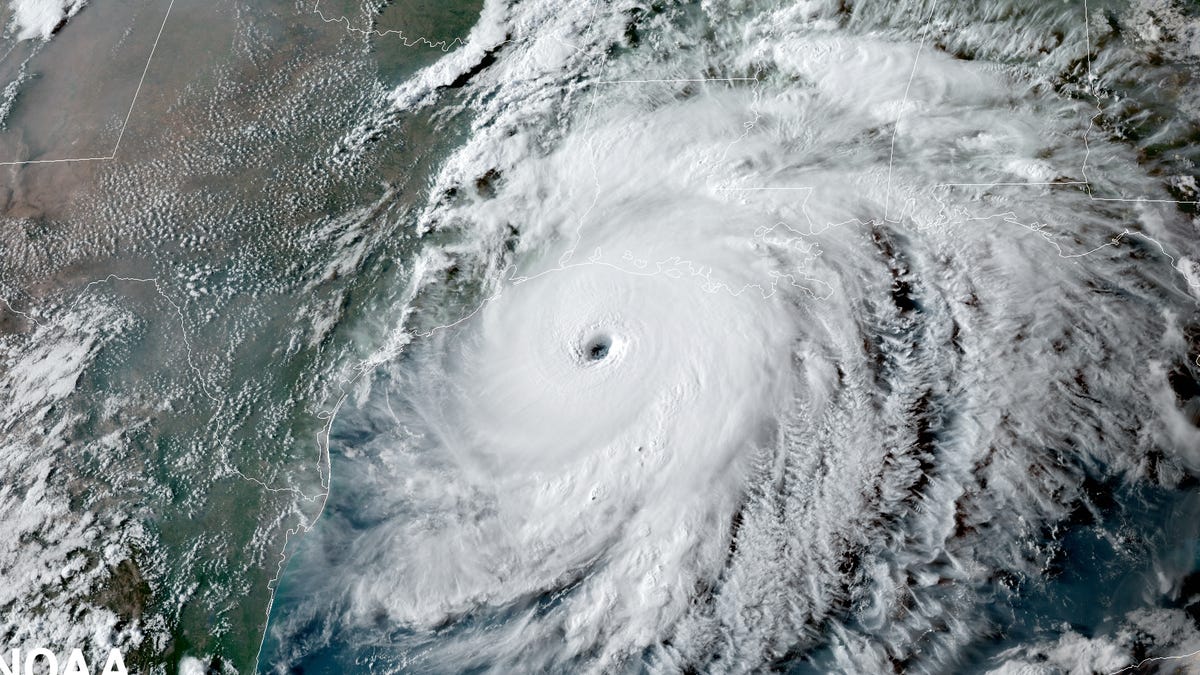Another 'above-normal' hurricane season will hit the Atlantic, NOAA predicts
Thankfully, storm activity probably won't reach the same level as last year, experts say.

We may have to brace ourselves for another intense Atlantic hurricane season.
The Atlantic will likely see another rough hurricane season this year, the National Oceanic and Atmospheric Association's Climate Prediction Center said in a Thursday release. Forecasters say there's a "60% chance of an above-normal season, a 30% chance of a near-normal season, and a 10% chance of a below-normal season." Thankfully, they don't expect we'll see the same level of record-breaking storm activity we saw last year. The Atlantic hurricane season runs from June 1 to Nov. 30.
NOAA expects we'll see between 13 and 20 named storms in 2021, six to 10 of which could become hurricanes. Additionally, three to five of those could be major hurricanes. The agency says it's 70% confident with these estimates.
See also: How to prepare for hurricane season
"Now is the time for communities along the coastline as well as inland to get prepared for the dangers that hurricanes can bring," Secretary of Commerce Gina Raimondo said in a statement. "The experts at NOAA are poised to deliver life-saving early warnings and forecasts to communities, which will also help minimize the economic impacts of storms."
Right now, El Niño southern oscillation conditions are in the neutral phase, NOAA says, and La Niña could return later in the hurricane season.
"ENSO-neutral and La Niña support the conditions associated with the ongoing high-activity era," Matthew Rosencrans, lead seasonal hurricane forecaster at NOAA's Climate Prediction Center, said in the statement. "Predicted warmer-than-average sea surface temperatures in the tropical Atlantic Ocean and Caribbean Sea, weaker tropical Atlantic trade winds, and an enhanced west African monsoon will likely be factors in this year's overall activity."
Last year was such a historic Atlantic hurricane season that we ran out of tropical storm names in September. Scientists predict we'll see more intense flooding of coastal areas in the future due to higher sea levels, and that warmer oceans will provide hurricanes more of the heat energy that powers them. This has led to concern about the impact of stronger and wetter hurricanes as the planet warms up.
On Monday, President Joe Biden said in a briefing that the Federal Emergency Management Agency is making $1 billion available to the "states, territories, Tribes, and rural communities," doubling funding from last year.
"I will insist on nothing less than readiness for all of these challenges," Biden said. "We're going to make sure the men and women of FEMA and our other key agencies have everything they need, because they've got an incredibly difficult job."

